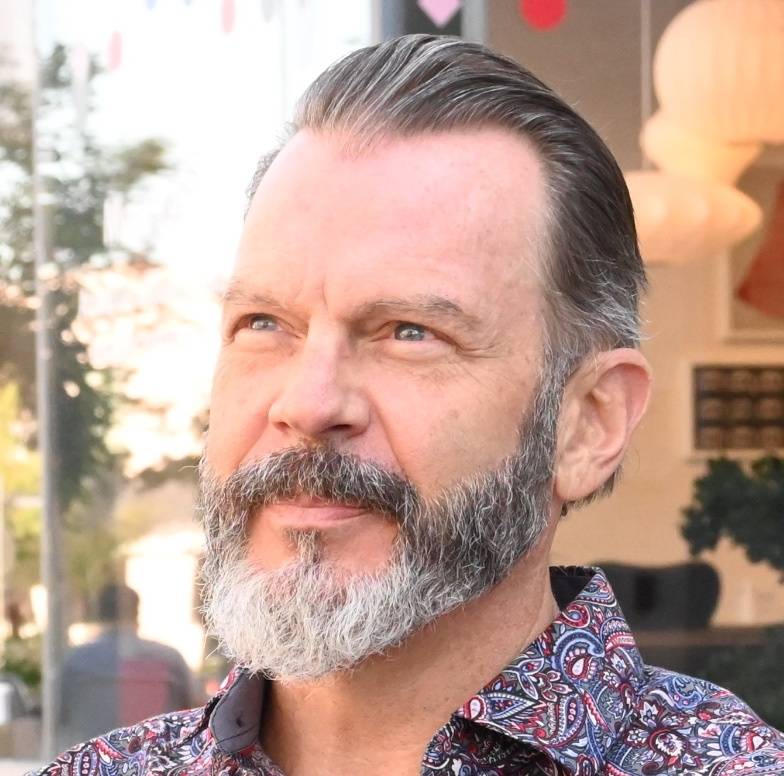
Have you ever stumbled across a nonprofit and wondered what exactly it is that they do? Who do they serve? What do they do for those they serve? Hopefully, you were able to go to their social media feed or website and figure it out pretty quickly based on their mission statement. After all, that’s the purpose of having a mission statement for any 501(c)3 organization.
A nonprofit mission statement should be a concise, one-sentence statement that is clear and informative. How can a short sentence be informative? It can quickly convey to those reading it what you do and who you serve, of course.
The clearer your message, the better.
What’s in a Name?
In Part One of Starting Your Nonprofit, we talked about naming your nonprofit. Naming your nonprofit is item No. 1 on our 13-point Nonprofit Startup Checklist (get the PDF here if you don’t have it already) right alongside defining your mission. Those two go hand-in-hand because your name is also a reflection of your mission.
Your mission statement and the name of your nonprofit will work together to draw in those who also have a heart for your cause. Choosing one without considering the other is virtually impossible.
So how do you come up with your mission statement? Simple: articulate your vision.
Sounds easy, right? (Fair warning: sometimes the hardest thing in the world for many executive directors to do is to step back from the intricacies of what it is the organization does and sum it all up into simple terms. But that’s exactly what you’ll need to do to write an effective mission statement.) Here are a few steps to make the process painless.
1. Start by Looking at other NPO Mission Statements
Take a look at a couple of mission statements from the top nonprofits such as TED and the Humane Society.
TED (the global nonprofit bringing us TED Talks, TEDx, and more) has boiled their mission all the way down to two words: Spread ideas.
Two simple words. But these two words are all that is needed because they answer the most important questions.
Q: What do they do?
A: Spread ideas.
Q: Who is TED trying to spread ideas to?
A: Everyone.
Q: What ideas is TED trying to spread?
A: Ideas made for everyone.
With two simple words, TED has managed to create something inclusive, powerful, and emotion-evoking. They chose their words wisely, opting for a powerful verb and noun. And it captures the big-picture impact of their message.
The next example is the Humane Society. The organization did a great job of conveying the heart of their mission with one simple sentence. Their statement is full of impact: Celebrating animals. Confronting cruelty.
Q: Who do they serve?
A: Animals.
Q: What do they do?
A: Celebrate and confront.
The power of their message is implied in those four simple words. Words that tell us animals deserve to be celebrated and treated compassionately. Their mission isn’t just about helping animals, either, but about changing the world to be a more humane place.
What can you learn from these two mission statements?
There’s power in brevity.
You can convey the impact, the heart, and the facts without writing a novel.
2. Decide on the who and the what.
The basis for your mission statement is the who and the what. Who do you serve? What do you do? It’s your turn to put those two things in writing.
Do you work with children who live in homeless shelters? Do you provide them with toys and games so they remember how to be carefree children? Or do you focus on helping third-world communities gain access to clean water?
Once you have the answers to the who and what, it’s time for why.
3. Articulate the why.
Why is this what your organization is about? Why did you choose the community you serve, and why did you choose to help in the way you’re helping?
For so many nonprofit founders, the why is the easiest part. It’s what keeps them motivated because the emotion of that why is with them every moment of every day. It’s what’s in their heart, calling out to them with every beat.
Sometimes it can be hard to articulate that it is about an experience or story that touched you so much that you’ve set out on the journey of a nonprofit startup. Sometimes it’s hard to narrow down the story of your why and to make it easily understandable for others.
So think about your why, and then think again to the who and what. What is the impact of what you’re doing for the community you’re serving? The impact is the answer to the question why.
For example, if we were to ask the founders of TED why the organization was founded, they might tell us a personal story about how looking at a topic from a different point of view revolutionized how they thought about something.
If we ask TED why, the answer is because they wanted to help the people of the world see things from a new perspective. That’s their impact.
So based on your why, what do you think the impact of what you do will be on those you serve?
4. Put it all together.
So based on your why, what do you think the impact of what you do will be on those you serve?
Now that you have the who, what, and why, it’s time to put it together. In Part One, we offered an easy formula to help you with exactly that.
And here it is:
We help ___________________ (the community you serve) by providing __________________ (your nonprofit’s general activity or service) so they experience __________________ (the result you aim to achieve).
For example, let’s fill in the blanks with TED’s who, what, and why.
At TED, we help people see things from a new perspective by providing a platform to encourage the sharing of ideas so people experience life and the world around them more fully.
That’s the who, what, and why. To really hit on the impact of what you’re doing, you can add a little more to the formula above.
Just add, “… so that __________ (describe how the world will look different).”
Here’s TED’s once again, tweaked a little to add the impact:
At TED, we help people see things from a new perspective by providing a platform to encourage the sharing of ideas so people experience life and the world around them more fully so that the world can be a better place.
Now it’s your turn. Put it all together to see what you have.
5. Make it more powerful.
Did you follow the formula above? If you did, you have a beginning mission statement and a stellar pitch to use when networking. There’s nothing wrong with keeping it as it is for as long as you want to, but you might find yourself thinking you can probably say it better … eventually.
Time is your best friend when trying to refine your message. The more times you hear it, read it, see it, and share it, the better chance you’ll have of being able to refine your message, making it more powerful with every revision.
Again, being brief is your best friend. Having a short, powerful sentence keeps the attention of those who hear it and read it, and it makes more of an impact. We remember things better when the message is concise and well-put.
So as you keep reading it and speaking it, start making a list of powerful verbs. You do more than help. Help is a generic verb, and you can do better than help. Instead, find verbs to replace help, such as spread, celebrate, and confront. That’s the best place to start to bring the word count down on your mission statement, making every word more impactful.


